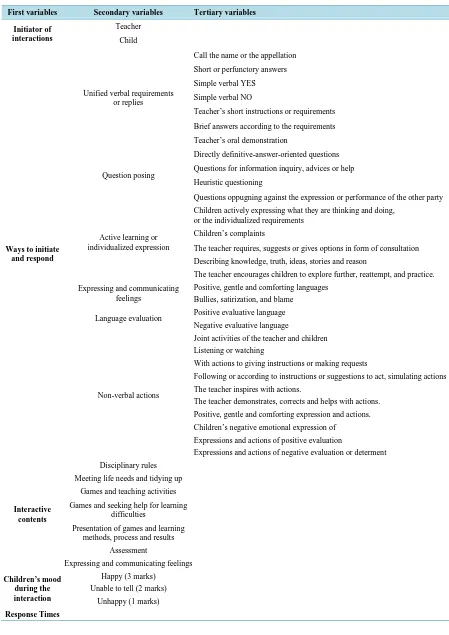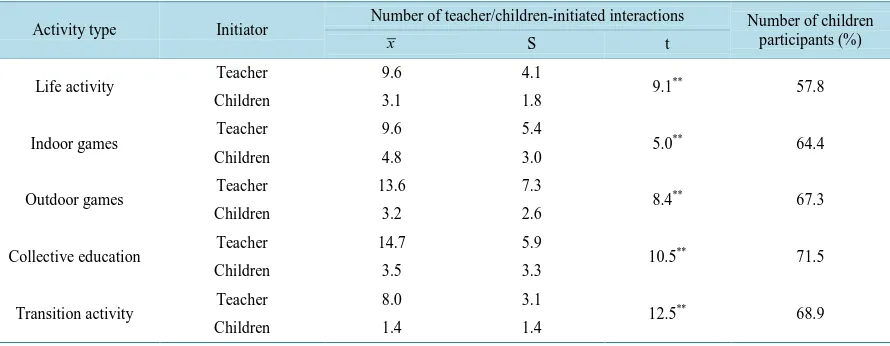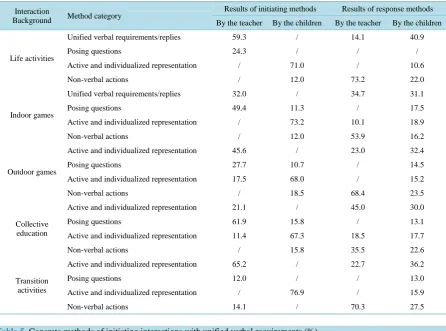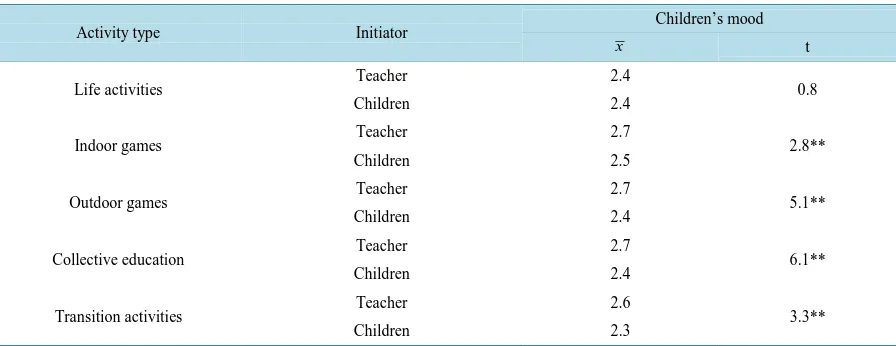Inspection of Kindergarten Teacher Children Interactions —A Case Study in China
Full text
Figure




Related documents
The strengths of our approach are that it allows a novel convex program that is the first to provably permit recovery guarantees with optimal sample complexity for the joint task
So far researchers of this study know that there is no rich study which has been conducted yet covering the understanding of existing image of Sea beach
М.. імовірно залежність між активністю ензимів та вмістом фізіологічного пріона обумовлена тим, що обидва протеїни виконують подібні функції та мають подібну
ratio and concentration of catalyst poly toluene sulphonic acid (.PTSA) are considered as the factors and the. % FFA as the response in the esterification stage. Same
Example of a day monitoring BaseMag station, which measures the magnetic field in parallel to an airborne geophysi- cal acquisition site (source: S. Guimarães, author
We explore the influences of different choices made by the practitioner on the efficiency and accuracy of Bayesian geophysical inversion methods that rely on Markov chain Monte
Principal component analysis also showed that the gut microbiota of Rig-I −/− and wt mice were different (Additional file 1: Figure S4b).. Furthermore, to determine whether
Rapid resolution of suicidal ideation after a single infusion of an NMDA antagonist in patients with treatment- resistant major depressive disorder. Blier P, Zigman D,
